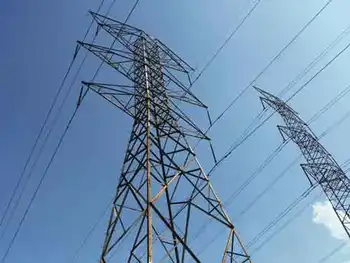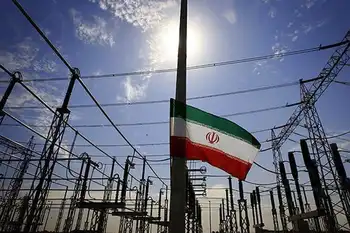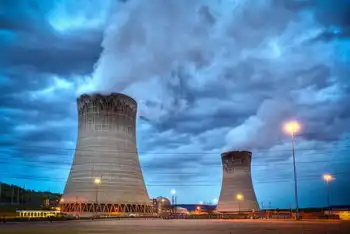PPL to buy UK power grid
By Poten & Partners
NFPA 70e Training - Arc Flash
Our customized live online or in‑person group training can be delivered to your staff at your location.

- Live Online
- 6 hours Instructor-led
- Group Training Available
Buying Central Networks from the German energy company E. ON will nearly double the size of PPL's global customer base, to 10.2 million, and expand its geographic reach. The purchase also is expected to increase earnings this year by 10 to 15 cents per share.
PPL already owns Western Power Distribution, which serves a market adjacent to Central Networks. The proximity of the two companies will provide cost savings when the deal closes, which will boost earnings, PPL said.
The deal comes on the heels of PPL's $7.6 billion purchase of two Kentucky utilities last year and follows a pattern of investing in government-regulated businesses, which provide a more stable revenue source for energy companies compared with volatile, unregulated electric sales that have slumped since the Great Recession.
"This transaction significantly improves PPL's business mix and our business risk profile," CEO James Miller said in a news release.
PPL makes money by generating electricity at power plants and selling it on wholesale markets as well as delivering electricity to homes and businesses. Most of its power plant electric sales are unregulated and prone to volatile swings due to fluctuations in demand and the price of such fuels as oil and natural gas. But its electric-delivery business is largely regulated through government formulas that factor the cost of maintaining the power grid, making it less risky and virtually assuring energy companies a return.
Electric demand declined during the Great Recession and wholesale electric prices remain depressed, which makes government-regulated businesses an attractive investment for the energy sector, analysts say.
"There is no question that several managements in the electric-power sector have been looking to reevaluate their exposure to the competitive marketplace given the painful contraction in merchant generation margins," said Paul Patterson, a New York analyst at Glenrock Associates. "The generation business has gotten a lot less sexy."
The deal would be the latest step in a rapid PPL growth spurt. The company has announced two multi-billion acquisitions within the past year. At the close of 2009, the company had 4 million utility customers and about 10,500 employees. After purchasing Central Networks, PPL would have more than 10 million customers and about 16,400 employees, which also includes additions from the Kentucky utilities. The Central Networks deal is expected to close in April.
PPL plans to finance the acquisition by issuing up to $1.9 billion in new stock and taking out loans. It expects the deal to boost earnings in 2011 because the company expects to save money by combining some operations of Western Power Distribution and Central Networks and eliminating jobs.
The company increased its 2011 earnings expectations to $2.50 to $2.75 per share, up from its earlier estimate of $2.40 to $2.60 per share.
PPL Corp. serves 1.4 million Pennsylvania customers as PPL Electric Utilities. It is the Lehigh Valley's No. 5 employer with more than 2,300 workers in Lehigh and Northampton counties.











